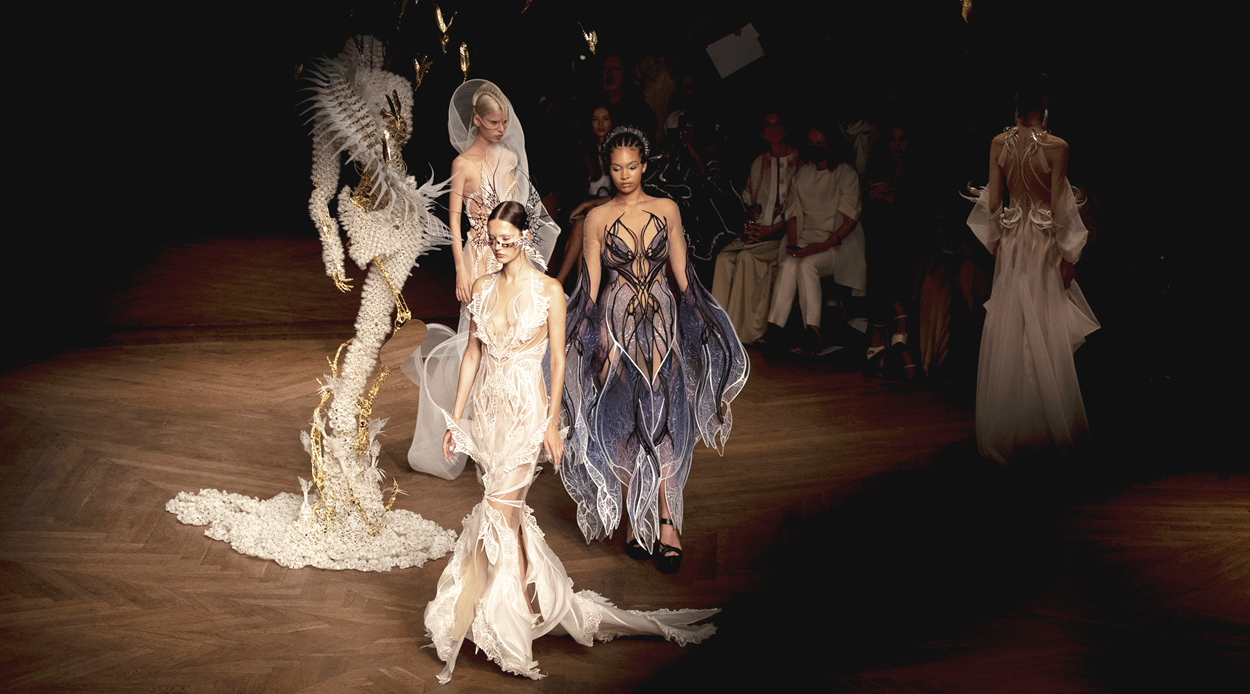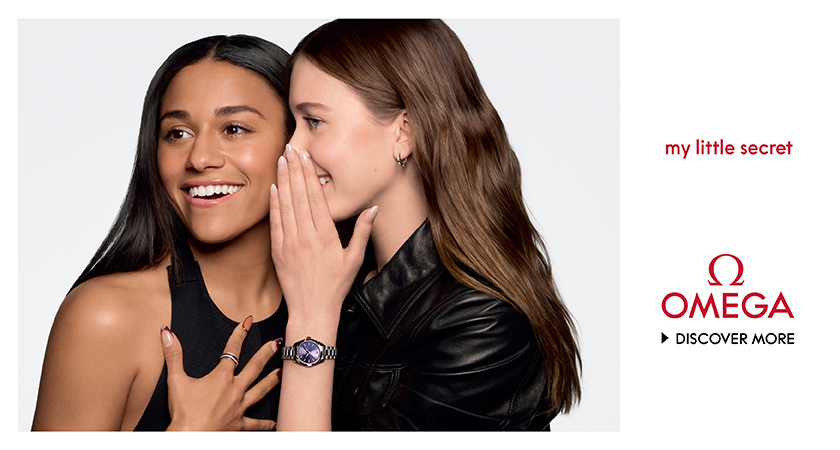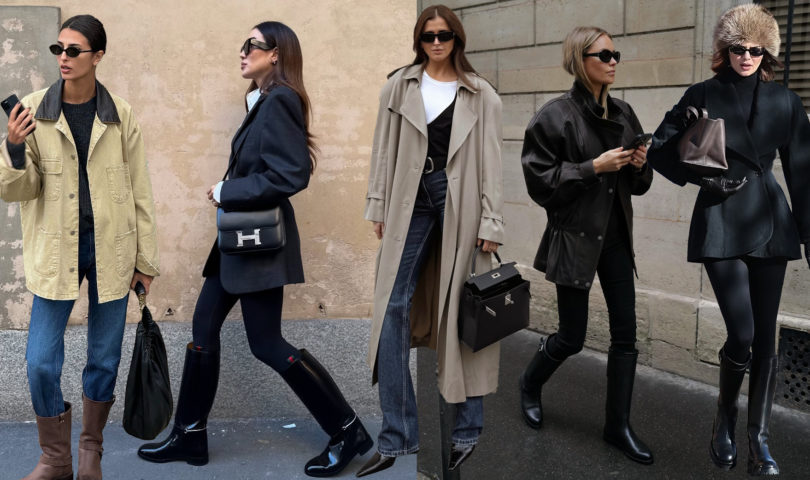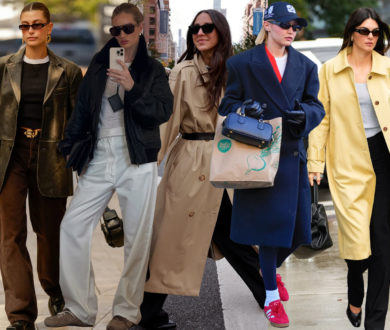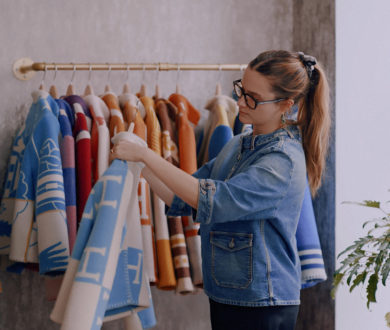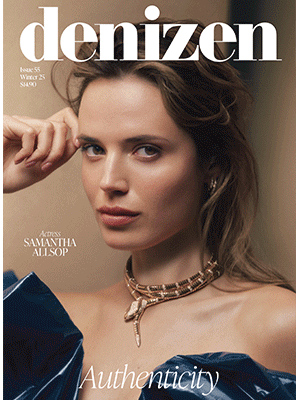The commerce-art dichotomy that lies at the heart of high fashion is never more present than during Haute Couture Week. On the one hand, the pay-to-play nature of haute couture exemplifies its exclusivity (most pieces carry price tags in the hundreds of thousands of dollars), while on the other, it offers an expression of fashion at its most artisanal. Really, the collections unveiled over the course of the week feel more like art exhibitions than clothes, used to showcase the creative prowess of the world’s foremost fashion houses. And yet, they also often make the clearest comment on our culture, their one-of-a-kind, handcrafted nature allowing designers to tell the kind of story they can’t with ready-to-wear. It is part of what makes couture so compelling — even if you aren’t a customer.
For Fall 2022, Haute Couture felt like it had returned with purpose from two years of disruption. Whether it was through ideas of rebirth and regeneration at Christian Dior, reconciling the past with the present and looking to the future at the likes of Valentino, Schiaparelli and Olivier Rousteing for Jean Paul Gaultier, discussions of technology and metamorphosis at Iris Van Herpen or examining the cult (and cache) of celebrity at Balenciaga, the Fall season delivered drama and finesse in equal measure, and marked something of a comeback for this, most hallowed of fashion weeks.
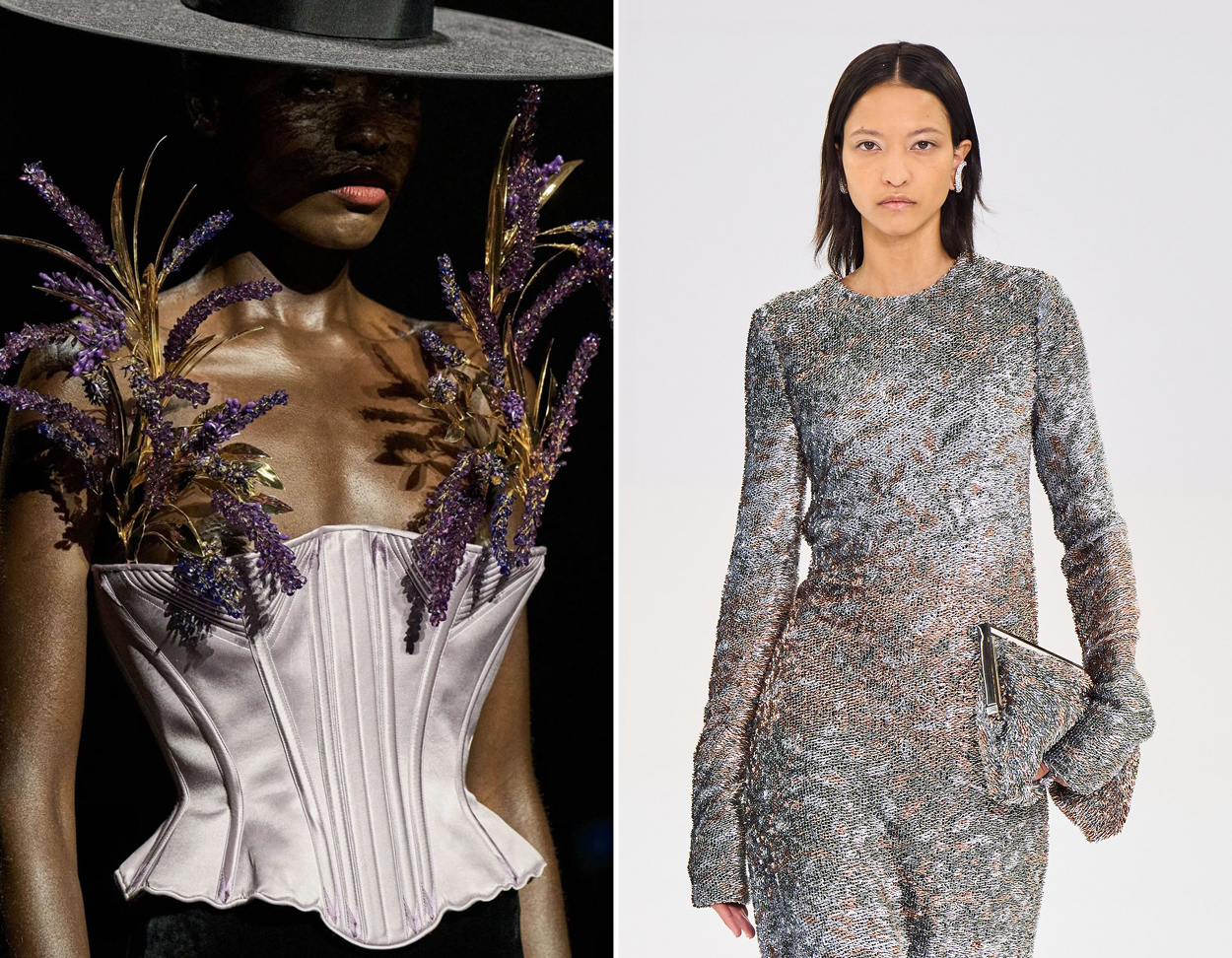
Nowhere was the idea of a dramatic haute couture revival more clear than at Valentino, in which Pierpaolo Piccoli sent models festooned in feathered masks and powerful colours down Rome’s iconic Spanish Steps. Piccoli called it ‘The Beginning’ (despite his 23-year tenure at the house) drawing on Valentino’s history by taking the show back to the site of its original atelier. This history was woven through every look, too, where voluminous silhouettes (including an homage to the brand’s ‘Fiesta’ dress from its first ever runway show, reimagined as a mini dress covered in 3D red taffeta roses) met dazzling iridescent gowns and brilliant, bold hues — bright pink has, after all, become something of a calling card for the brand.
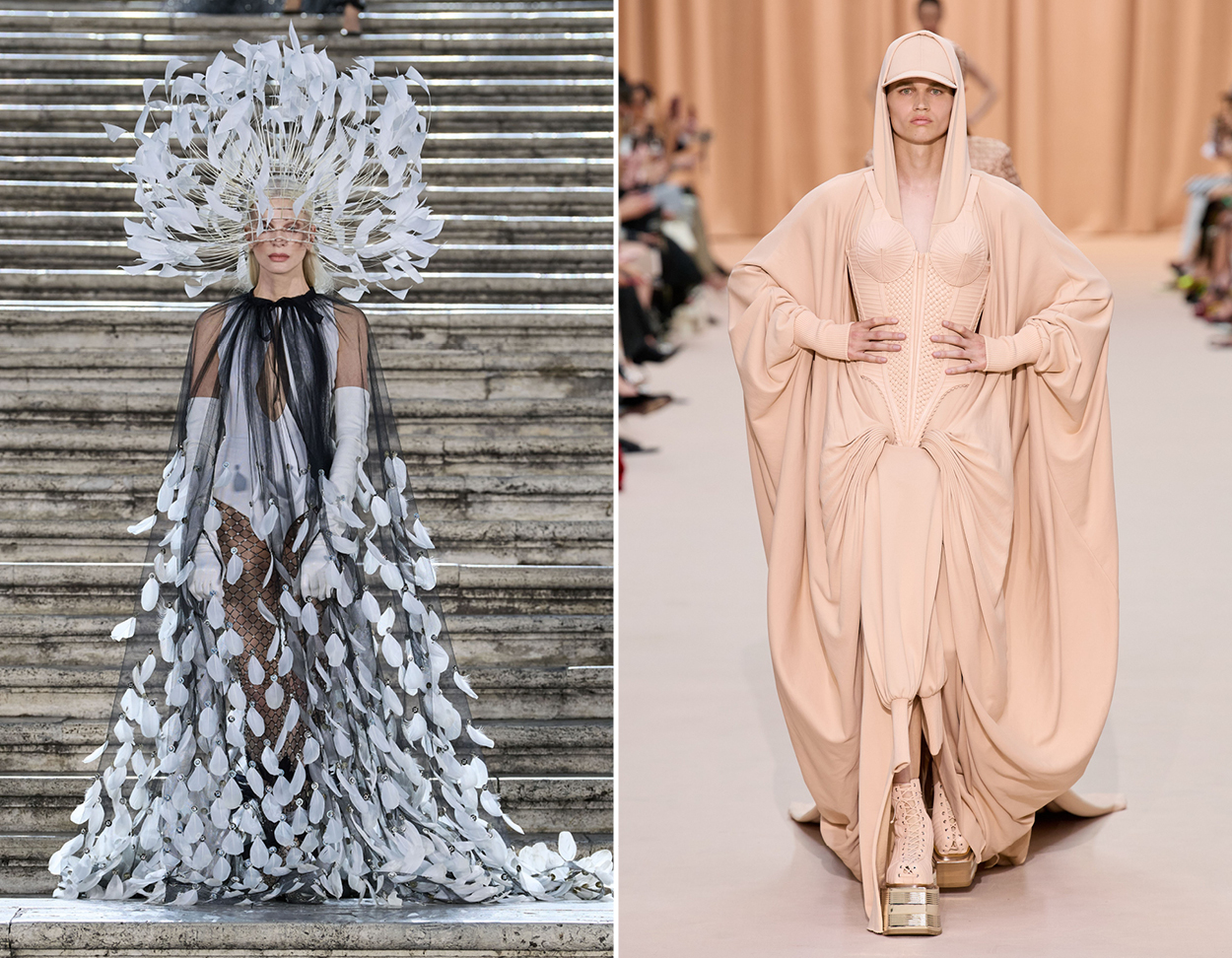
But between the glamour and drama, the message at Valentino was one of individuality and diversity. The casting felt as varied and well-considered as the pieces themselves and there was a smattering of men’s haute couture that offered beautifully-restrained tailoring and moments of pause between the more showstopping looks. By engaging with its past, Piccoli put Valentino firmly in the context of now — and he wasn’t the only designer this season to do so.
For the third iteration of Jean Paul Gaultier’s project, in which a different designer is given the reins of the brand’s couture house, Balmain’s Olivier Rousteing created a collection that spoke to Gaultier’s most memorable moments (including an ode to his breast-baring dress for Madonna at the 1992 amfAR Gala). It was the ultimate homage, as much to the iconoclastic designer’s era-defining aesthetic as it was to the unparalleled level of craftsmanship in his atelier — with incredible textiles and techniques on display (the moulded glass bodices, for instance, were created by those responsible for the stained glass windows of the Notre Dame) and looks that proved the power of Gaultier’s petites mains. It was both a joyful celebration of fashion and craft, and proof of how the echoes of Jean Paul Gaultier continue to ripple with significance through the wider culture.
Similar waves were felt at Maison Schiaparelli, where Daniel Roseberry dipped into the brand’s archives for inspiration, evoking its Founder, Elsa Schiaparelli, and the work of its former Director, Christian Lacroix. Cinematic and artistic, the Schiaparelli Haute Couture show demonstrated exactly why pieces from its past collections were simultaneously on display at Paris’ Musée des Arts Décoratifs — confirming its cultural status and importance beyond fashion alone.
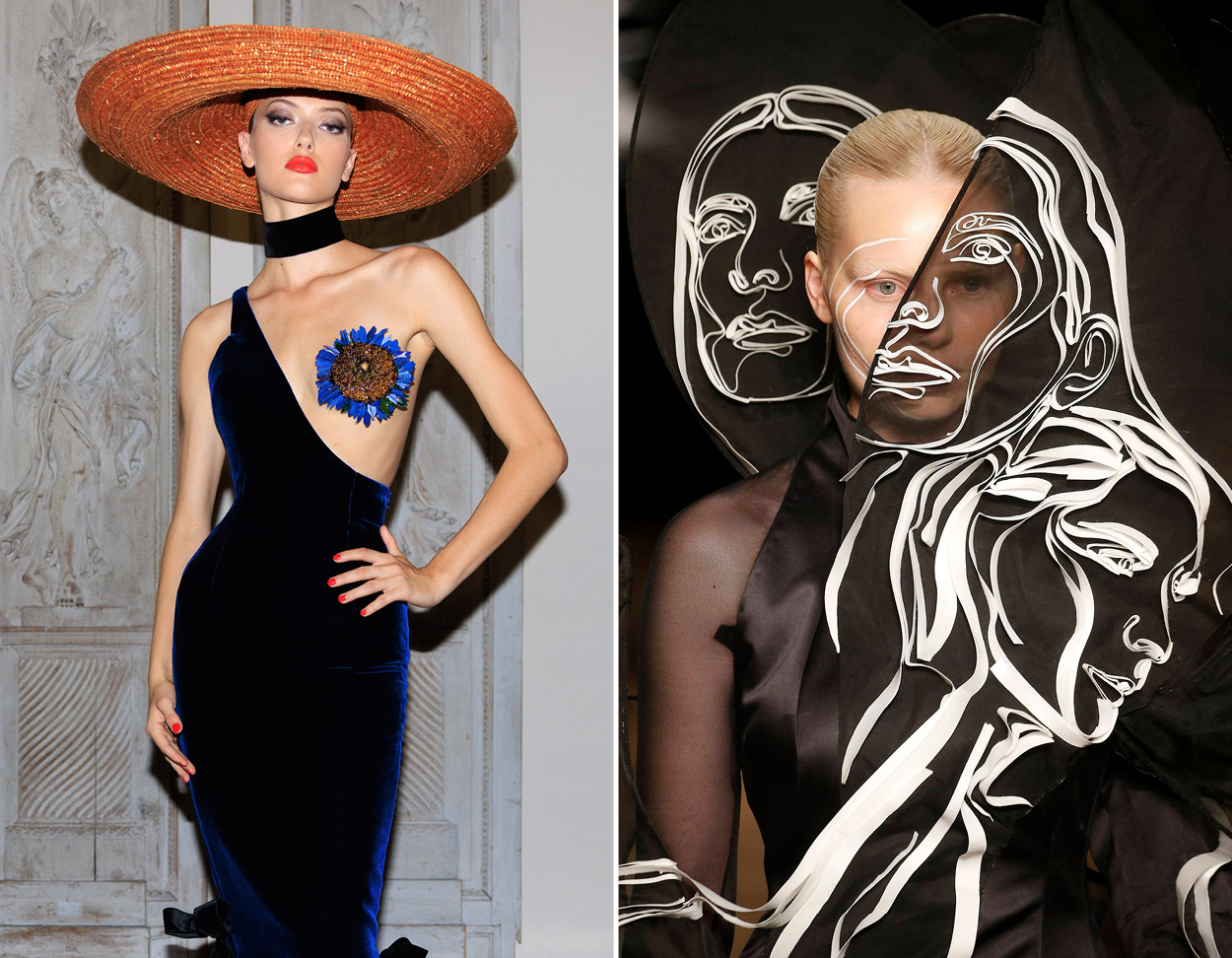
Schiaparelli’s Fall 2022 Haute Couture captured a naive, 80s nostalgia in its exaggerated silhouettes and garish, embellished details, tempered with the kind of rigorous tailoring that Elsa Schiparelli herself would have likely worn. Structured corsets ensured waists were adequately cinched and hourglass shapes were reminiscent of the Lacroix-era woman. Roseberry’s variety of artistic appliqué also drew a clear line to Ms. Schiaparelli’s legacy of wearable surrealism from the 1920s, 1930s and 1940s — about the best example of fashion intersecting with art as you could ever find. (After all, the house of Shiaparelli built its reputation on collaborations with a number of renowned surrealist practitioners.)
This ability to anchor the significance of Schiaparelli’s past firmly in the now lies at the heart of Roseberry’s genius. His collections are romantic and weighty without losing their modern edge, and are artistic but inherently wearable, evoking a more nostalgic era of fashion and its potential for creativity.
A similar idea was offered at Iris Van Herpen, albeit in a vastly different way. Since her eponymous brand’s inception, this Dutch designer has pushed the boundaries of where art and technological innovation end, and where fashion begins. And if Schiaparelli exemplifies classic, old-world couture, Iris Van Herpen offers a look into its future.
For Fall 2022, this revered label created a collection that was, quite literally, out of this world, exploring ideas of hyper-reality, the Metaverse and posthumanism via intricately-constructed pieces (each of which took three-to-four months to create) made from a combination of classic couture techniques and 3D printing. Inspired by Ovid’s Metamorphoses, the designer used mind-bending silhouettes and sustainable materials to provoke questions around who we are beyond our physical bodies, and where we are going as human beings.
Exclusively a couture house, Iris Van Herpen has built a reputation for perspective-challenging, one-off pieces that marry sustainable materials with cutting-edge technology and blur the lines between fashion and cultural commentary. “All of my clients are basically art clients,” Van Herpen told Vogue about the ways her collections are received — her latest outing arguably the most collectible yet.
Interestingly (and perhaps counterintuitively) there are parallels that can be drawn between Van Herpen’s forward-facing haute couture and Christian Dior’s collection by Maria Grazia Chiuri — certainly not aesthetically, but in the way that both engaged with ideas of the future and focused on connecting their clients to the craft.
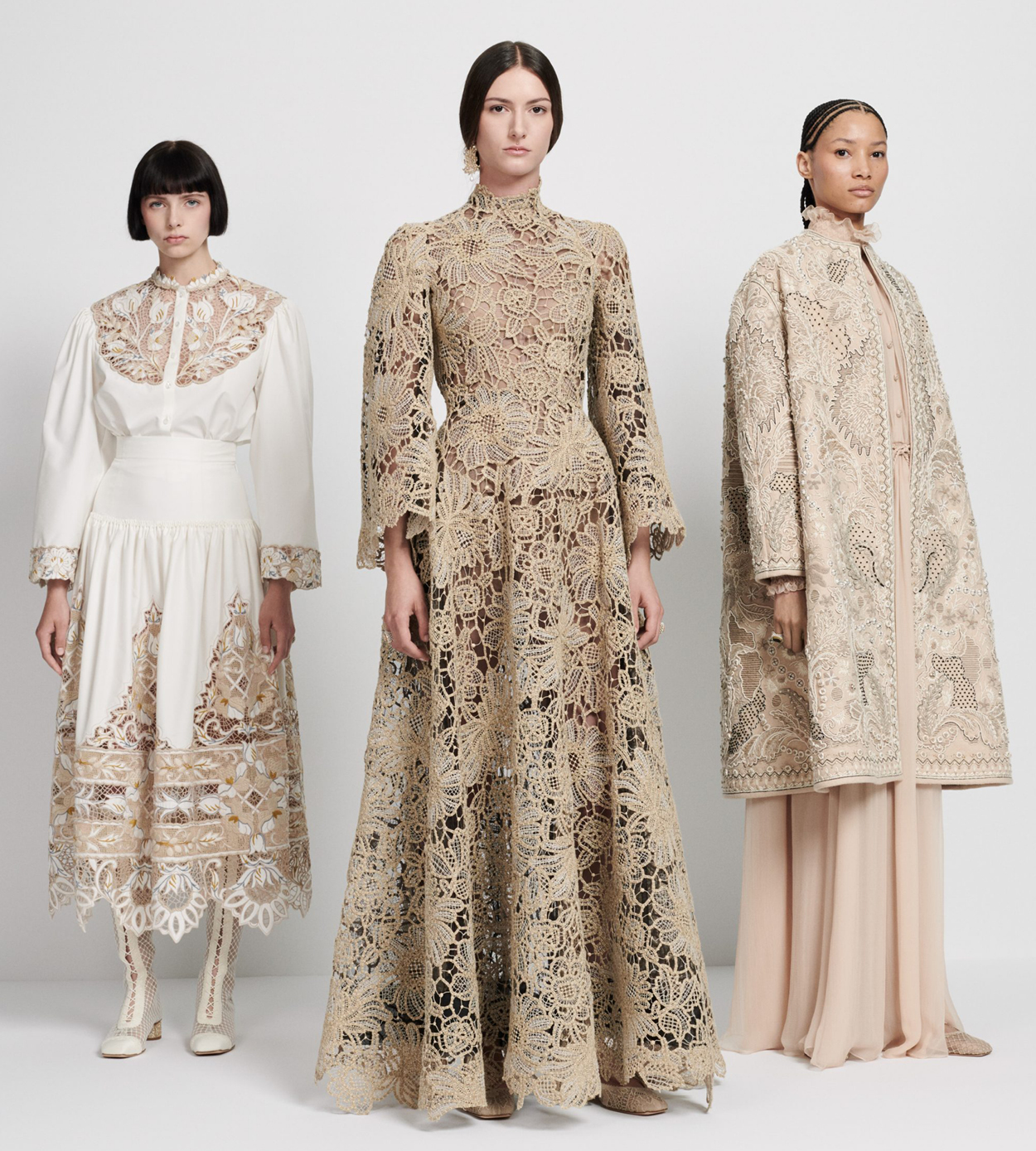
Grazia Chiuri created a haute couture collection that was subtle and contemplative, where a reserved colour palette and intricate detailing in lace patchworks and beaded embroidery highlighted the unparalleled craftsmanship at play in each piece’s creation. It was romantic and intimate in the way that much of the handiwork was invisible except to the client — Grazia Chiuri’s bid to forge a deeper understanding between the creators of couture and those who covet it. Tapping into the spirit of purpose with which the Maison of Christian Dior was founded in a post-World War II climate, the designer was inspired by the ongoing conflict in Ukraine to ground this collection with a similar sense of meaning (the starting point for Grazia Chiuri’s embroidered designs was the work of Ukrainian artist, Olesia Trofymenko), achieved in the choice to offer a more pared-back and purposeful overall look.
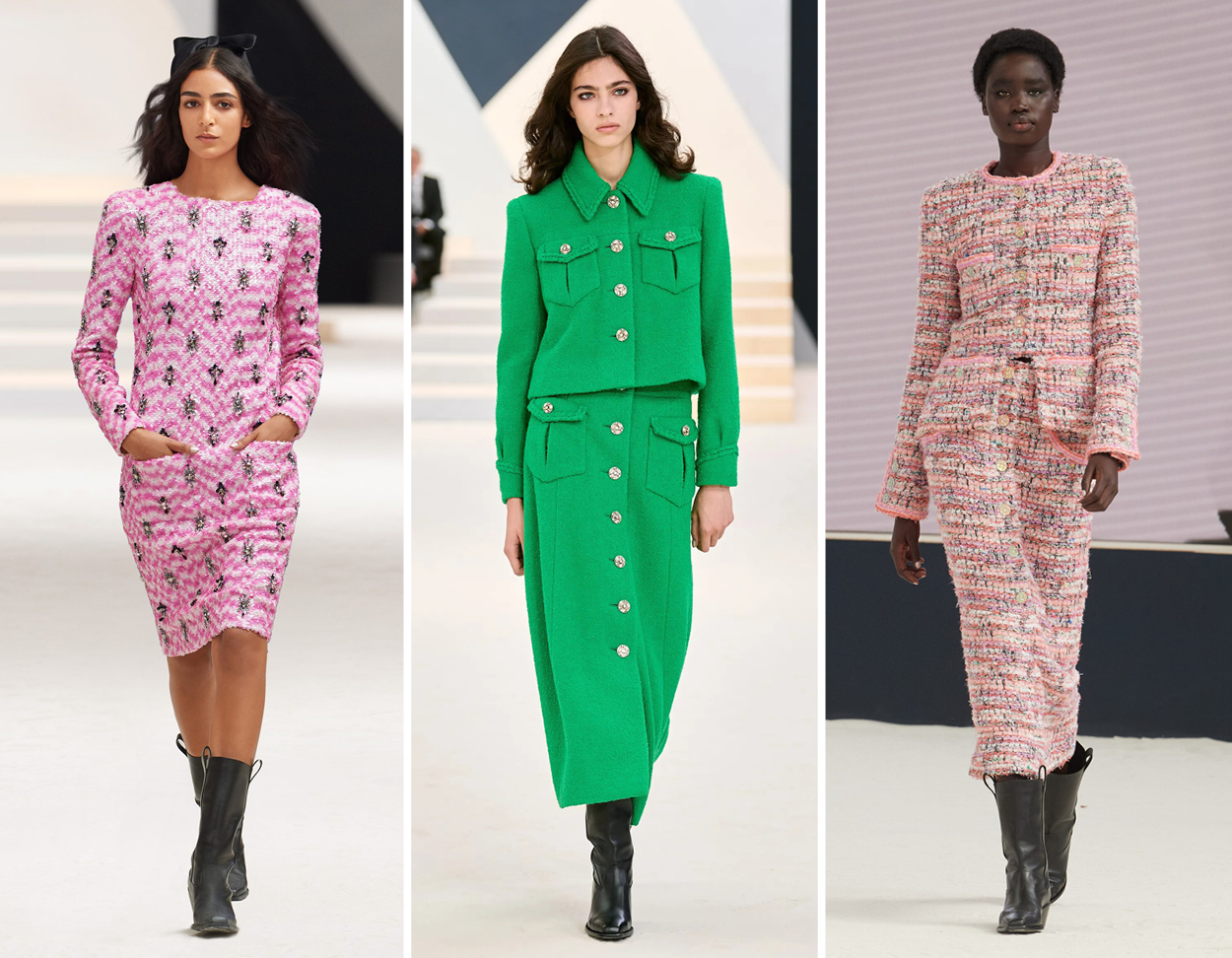
Indeed, pared back and purposeful could also describe the collections at Chanel and Fendi, both of which conjured the late, great Karl Lagerfeld (although in slightly different ways). For Chanel’s Virginie Viard, Fall 2022 Haute Couture offered a chance to loosen up and move out from under the shadow of her predecessor (or to propose a gentle evolution, at least) with a collection that felt relaxed but bold in style, and refined in execution; a collection that was comfortable enough in its heritage that no overt exertion was needed (although, just like at Dior, the meticulous handiwork of Chanel’s petites mains became obvious on closer inspection). With swathes of colour (something that felt new for Viard) and a more playful approach to accessories and layering, Chanel’s Haute Couture was very much on brand for the house, although less Lagerfeld than ever before.
In a way, it was a similar story at Fendi, although Lagerfeld’s influence felt more deliberate. Here, the brand’s Artistic Director Kim Jones offered a masterclass in quiet elegance, with a collection that evoked Lagerfeld’s legacy of simple timelessness as the ultimate luxury (married, of course, with eye-wateringly exclusive materials). From patchwork dresses in Japanese silk kimono fabric, sourced directly from Kyoto, to a trio of simple but sumptuous looks entirely in Vicuna (the finest natural fabric in existence; only able to be sourced in tiny quantities from protected animals of the same name) to sequinned, bias-cut slip dresses made from swatches that Lagerfeld had commissioned years ago but never used, the idea of heritage and unapologetic luxury permeated every piece at Fendi — even if it was just for the pleasure of those who knew what they were looking at. Here, as at Chanel, it felt like bona fide couture — exclusive, sophisticated, incredibly-detailed and impeccably constructed. Of both, Lagerfeld would have been proud.
That said, some designers preferred a less subtle approach. At Balenciaga, Demna continued his ‘meme-ification’ of high fashion with a show that spoke to the cultural cache of ‘celebrity’ and broke down some of the traditional barriers to haute couture, painting a future in which couture could speak to a new legion of customers and fans outside the long-established order. (Evidenced by the excitable crowd that gathered outside the Balenciaga show to watch guests arrive.)
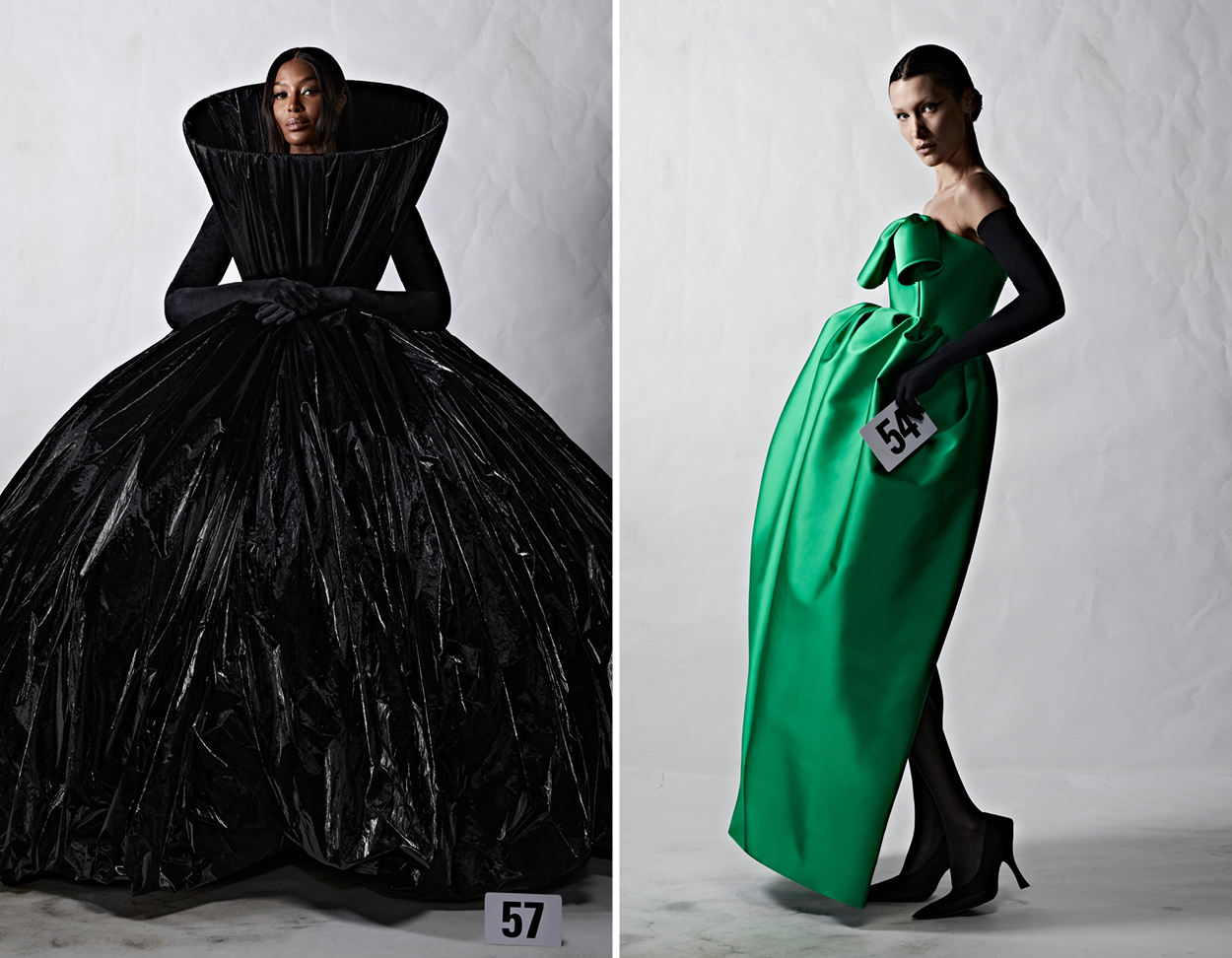

From models in glossy, black face shields (like a parade of humanoid robots), to opening looks in a specially-developed neoprene made using Japanese limestone (an updated version of Gazar, the sculptural silk textile originally created for Cristobal Balenciaga), the collection started with futuristic looks before moving through a number of couture-worthy reimaginings of Balenciaga signatures (including jeans and denim jackets) and building to a crescendo of epic proportions. In a move that evoked the history of this storied brand, Demna called on celebrities like Kim Kardashian, Nicole Kidman, Naomi Campbell and Dua Lipa to take to the catwalk, and closed the show with a series of gowns that were twice as wide as the setting’s doorways (a tongue-in-cheek reminder not to take it all too seriously, perhaps?)

At its heart however, this collection both lived up to its hype and embodied the essential tenets of couture via exceptional craft and unmatched showmanship. What keeps Demna at the centre of the cultural conversation is the way in which he reimagines the established order without disrespecting it. Here, between the glamour, extravagance, craftsmanship and drama there was a focus on sustainability (25 percent of the collection had been made using upcycled vintage pieces and deadstock) and a view to making haute couture more democratic (if not by it’s actual prices then by the way in which this particular breed of fashion could be understood and digested by a wider audience).
Taking this idea one step further, Demna simultaneously opened a new Balenciaga couture shop on Paris’ Avenue Georges V, from which anyone could buy limited-edition items like the collection’s upcycled pieces, specially-made souvenirs and the ‘speaker’ bags that the models had carried on the runway — the result of a collaboration with Bang & Olufsen. Say what you want about Demna’s tenure at Balenciaga, no one can deny that he is the moment and his understanding of how ‘fashion’ must evolve imbues all of his shows and collections with a sense of urgency and importance — so much so that even those outside of the industry feel compelled to sit up and take note.
All that said, while haute couture offers an invaluable vehicle for the world’s most respected designers to execute their vision, it is as much a commercial exercise as it is a creative one. And if this season has proved anything, it is how fashion is able to move forward without losing sight of the beautiful, slow craftsmanship on which the luxury of this industry was built.

